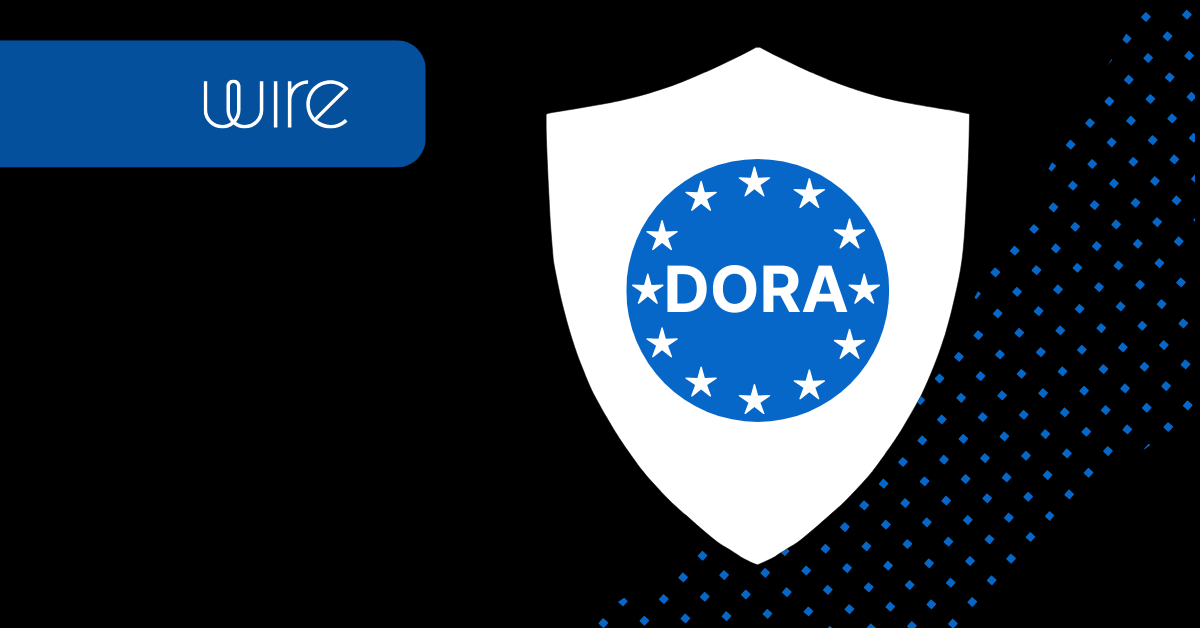Despite DORA’s clear structure, achieving compliance is far from straightforward. From aligning ICT contracts to building effective incident reporting systems, organizations must navigate significant technical and legal hurdles.
To help cut through the complexity, this article shares insights about the Digital Operational Resilience Act (DORA), developed in collaboration with Reuschlaw, a leading legal advisor in EU regulatory compliance. Together, we explore the two biggest challenges financial institutions and their ICT partners face in staying compliant, resilient, and secure.
Is your organization prepared for DORA enforcement in 2025? Discover how Wire supports fallback communication and real-time incident response.

Challenge #1: Legal Hurdles in ICT Contract Governance
Behind every resilient digital system lies a well-governed contract. Yet, many organizations underestimate how central supply chain contracts are to DORA compliance. Financial institutions must ensure that every agreement with ICT service providers clearly reflects DORA’s requirements, especially those laid out in Article 30 and the related technical standards. This includes everything from incident response obligations to resilience testing, risk oversight, and exit plans.
For ICT providers new to the regulated financial space, the challenge is greater. Most standard contracts fall short. Updating them isn’t optional. Providers need to:
- Reflect elevated compliance expectations from regulated financial entities;
- Clearly embed mandatory minimum contract terms, as outlined by DORA Article 30 and associated RTS;
- Balance the preservation of their own legal rights and risk boundaries;
- Enable ongoing compliance obligations within their subcontractor ecosystems.
Without clear, enforceable, and routinely audited contracts, organizations risk falling out of compliance.
Challenge #2: Establishing Effective Internal Incident Reporting Structures
DORA demands financial entities to report and be prepared for incidents. Building strong internal incident reporting structures isn’t optional. Organizations need clear processes, assigned roles, and tested plans that enable swift, coordinated action when systems are under stress.
When a major ICT disruption hits, internal communication becomes the lifeline. That’s why effective incident response plans must include:
- Defined escalation paths and team responsibilities
- Ongoing training so every team member knows how and when to act
- Secure fallback communication tools, like encrypted messaging and emergency conferencing, that stay online when others don’t
The ability to keep talking when systems fail is key to continuity and compliance. Without secure, resilient communication in place, even the best plans can fall apart.
At the heart of DORA compliance is this: contract clarity and communication readiness. Together, they form the operational backbone that keeps financial institutions secure, connected and in control, no matter what.
Get Ahead of the Curve with Wire
At Wire, we help regulated organizations meet the communication demands of DORA - with secure, resilient, and compliant internal collaboration tools that keep your teams connected, even during crises.
- Encrypted fallback communication for incident response
- Support for crisis simulations
Ready to make your communications DORA-compliant?
